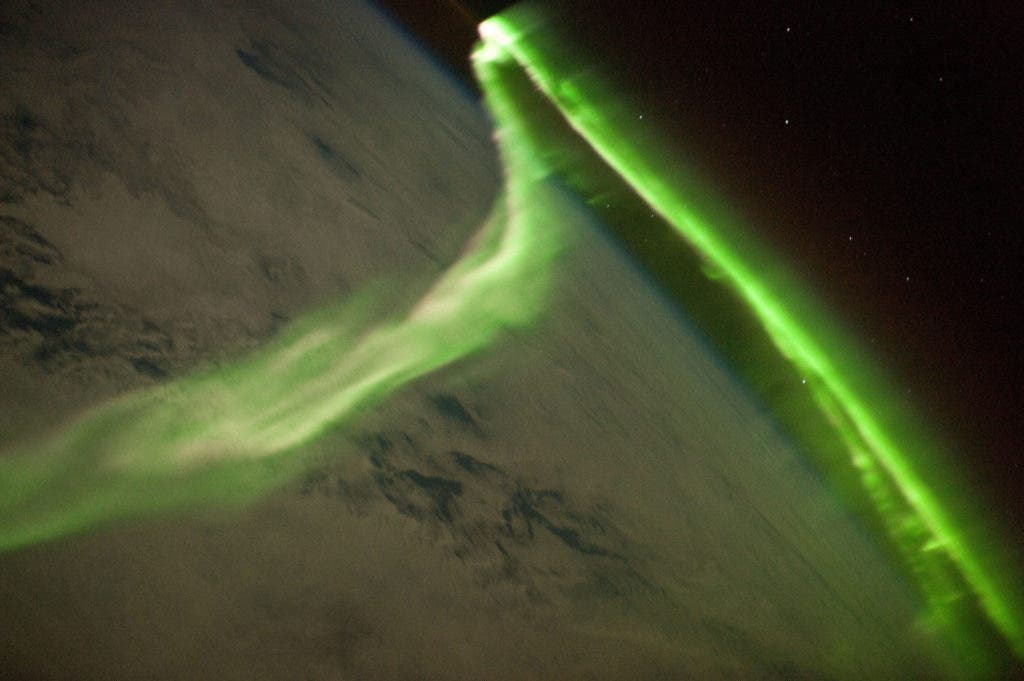Auroras are some of the most dazzling light shows in the world but for the aerospace industry, they can be a real nuisance that could cost billions in damages. According to recent research, northern and southern lights cause satellites to slow down, which brings them closer to Earth. And if the satellites don’t have any more fuel left to boost them back to their intended orbits, they will eventually fall into Earth’s atmosphere.
For decades, scientists have been aware that when the sun’s activity is high, orbiting satellites tend to slow down. Auroras are caused by charged particles like electrons that interact with molecules from a planet’s atmosphere or magnetosphere. Scientists suspected that the charged particles also loft pockets of air high enough for satellites to interact with them. The drag caused by the air molecules would then slow the satellites, pulling them closer to Earth. Now, a recent mission has confirmed that this theory is probably true.
In 2015, scientists launched the Rocket Experiment for Neutral Upwelling 2 (RENU2) straight into the northern lights in order to understand how solar activity alters the atmosphere. The mission focused on Poleward Moving Auroral Forms (PMAFs), a type of fainter auroras which appear as dancing clouds on dark nights in high latitudes. The reason why PMAFs are o particular interest in this kind of research is that they form higher in the atmosphere and are less energetic than the more common and spectacular auroras. PMAFs dance at about 150 to 250 miles above the surface while most auroras typically form at an altitude of only 60 miles.
Researchers at the University of New Hampshire who led the project found that although PMAFs are weaker than most forms of auroras, their energy was still high enough to heat air pockets, causing them to drift upwards. As an analogy, the researchers likened the phenomenon to bubbles rising in a lava lamp. The study also found that the PMAF’s activity isn’t uniform but rather acts in narrow wisps that collectively affect areas larger than ten miles across. PMAFs also ebb and flow, changing their structure within minutes.
In the future, this kind of information will help engineers design safer satellites that can remain operational in orbit for longer.
The results appeared in the journal Geophysical Research Letters.










